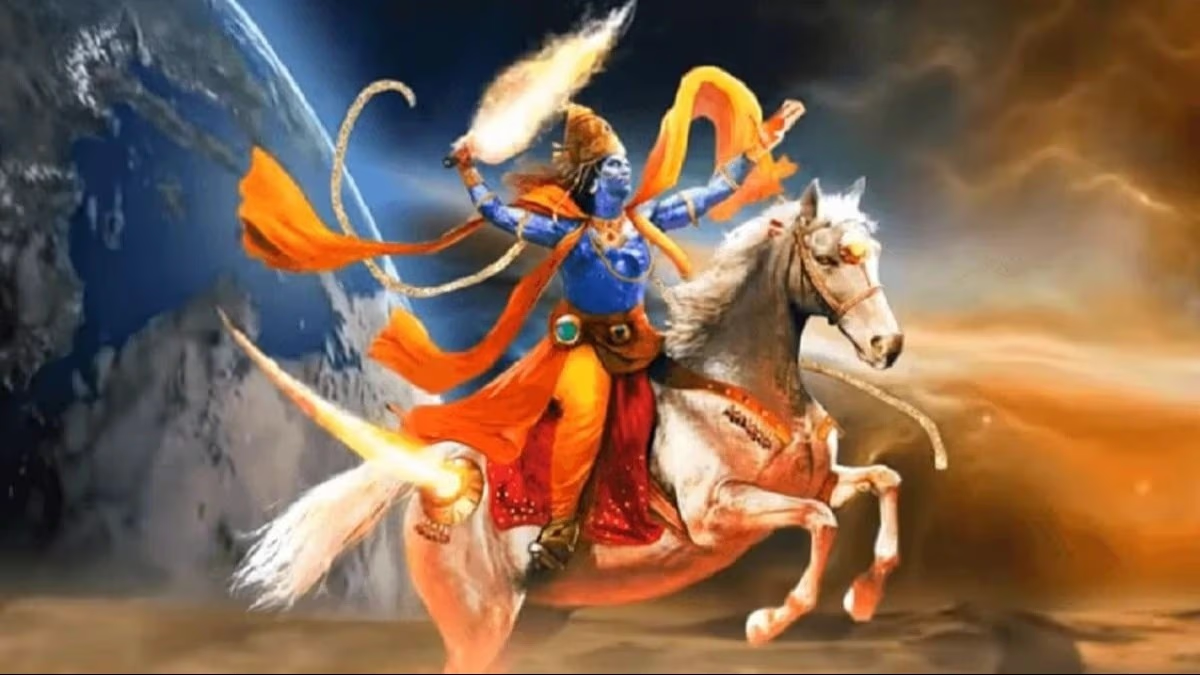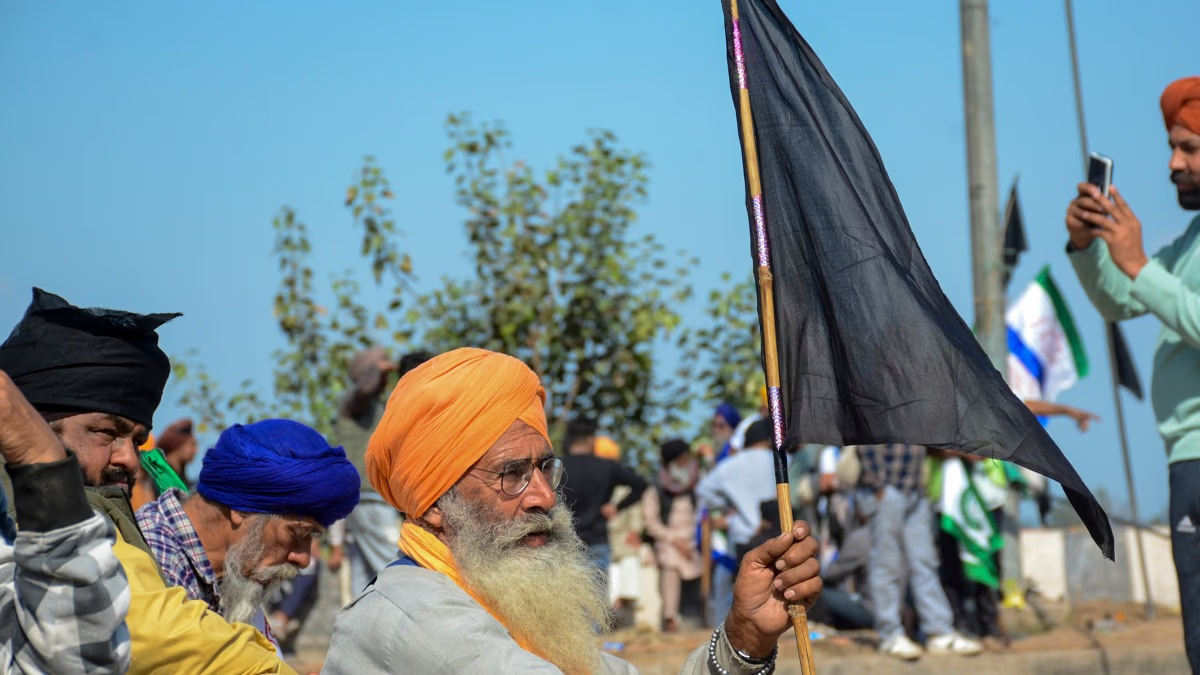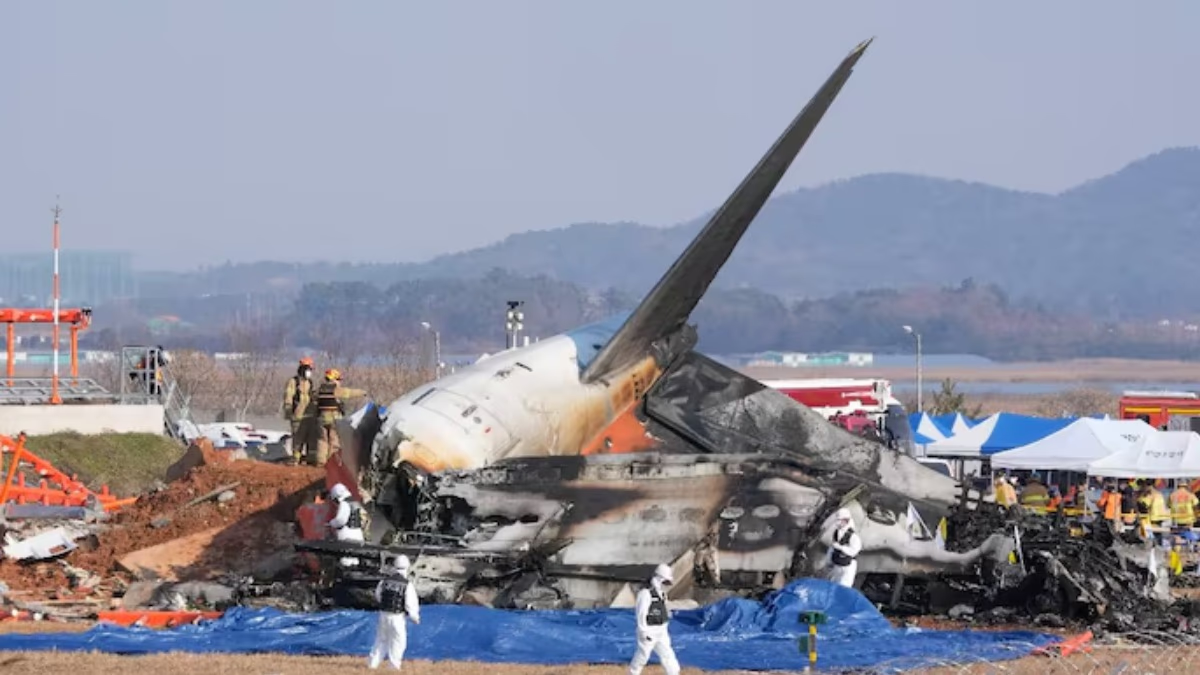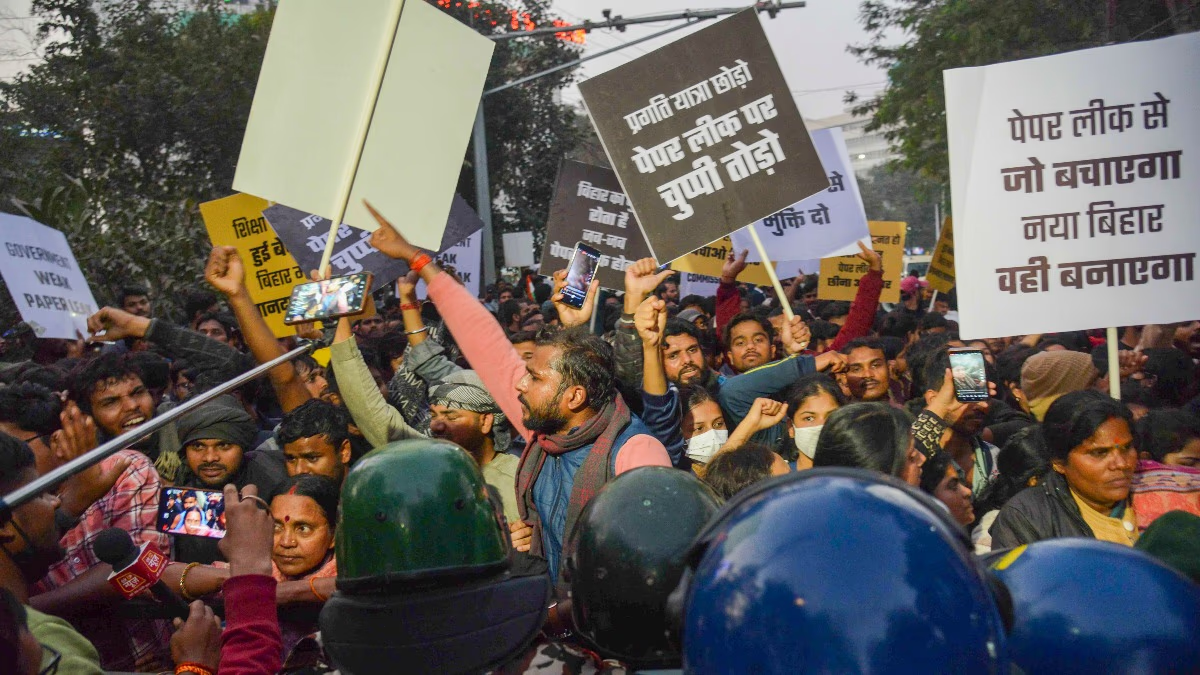Neither idols in the temple, nor God in the mosqueWe create the spectacle, what would happen without us- Naushad Ali
Sambhal, a district in Uttar Pradesh, has become a focal point for discussions about religious beliefs. Temples, mosques, and ancient stepwells are at the forefront of this debate. Recently, a temple with idols of Lord Hanuman and a Shivalinga was found during an electricity theft inspection in a predominantly Muslim community. Additionally, near Sambhal in Chandausi, a historical stepwell, dating back 150 years, was unearthed. Following this discovery, excavation efforts have begun. Moreover, political corridors are abuzz due to the mosque surveys in Sambhal. However, whether Sambhal has entered the discourse recently or whether the discovery of temples, mosques, and stepwells has intensified the debate, Sambhal's history hints heavily at religious beliefs. Let's take a detailed look.
Sikandar Lodi's Four-Year Stay
The area's existence is believed to span all four Hindu Yugas. In Sat Yuga, it was known as Satyavrat, in Treta Yuga as Mahadgiri, in Dvapara Yuga as Pingal, and in Kali Yuga, it's called Sambhal. Its historical significance extends from the Delhi Sultanate to the Mughal era. This site was a strategic nerve center crucial for several rulers seeking control over Northern India.
Endowment to Sikandar Lodi by Bahlol Lodi
Bahlol Lodi, the founder of the Delhi Sultanate, conferred Sambhal as a valuable estate upon his son Sikandar Lodi. Even after ascending the throne of Delhi, Sikandar Lodi made Sambhal his home for the next four years. It was here he conducted a pivotal religious assembly that held immense importance from both religious and cultural perspectives.
During the Mughal era, after Sher Shah Suri dethroned Humayun to take charge of Delhi, the administrative responsibilities of Sambhal were passed to Mitrasen in 1552 CE. As governor, Mitrasen reformed Sambhal's functioning. During Akbar’s reign, Sambhal continued to be integral to the landscapes governed by the Delhi administration.
Sambhal's Role in the Legend of the Kalki Avatar
Sambhal gains remarkable importance due to its association with the legend of Kalki Avatar. In Hindu mythology, the Kalki Avatar holds a pivotal place among the ten avatars of Lord Vishnu. It is foretold that when immorality and injustice will dominate the earth, Lord Vishnu will reincarnate as Kalki, restoring dharma once again. This divine incarnation is prophesied to take place in Sambhal itself. According to ancient scriptures, Kalki will be born into a Brahmin family rooted in the Sambhal area.
Numerous stories and traditions related to the Kalki Avatar circulate among devotees visiting Sambhal's temples and religious sites. The city's ancient structures, including its temples and mosques, provide glimpses into bygone eras. Initially known as 'Shambhal', the name and pronunciation have evolved over time.




